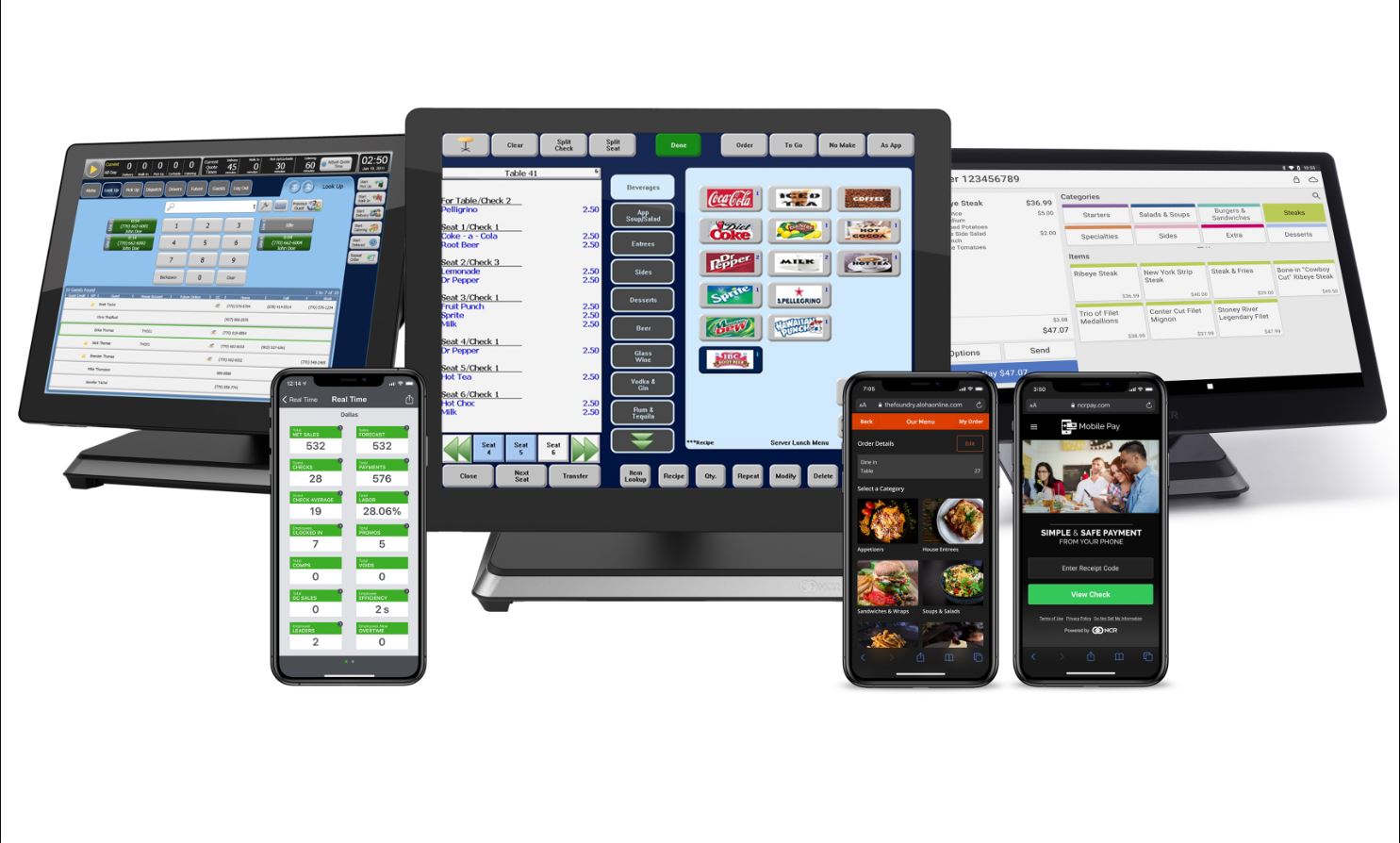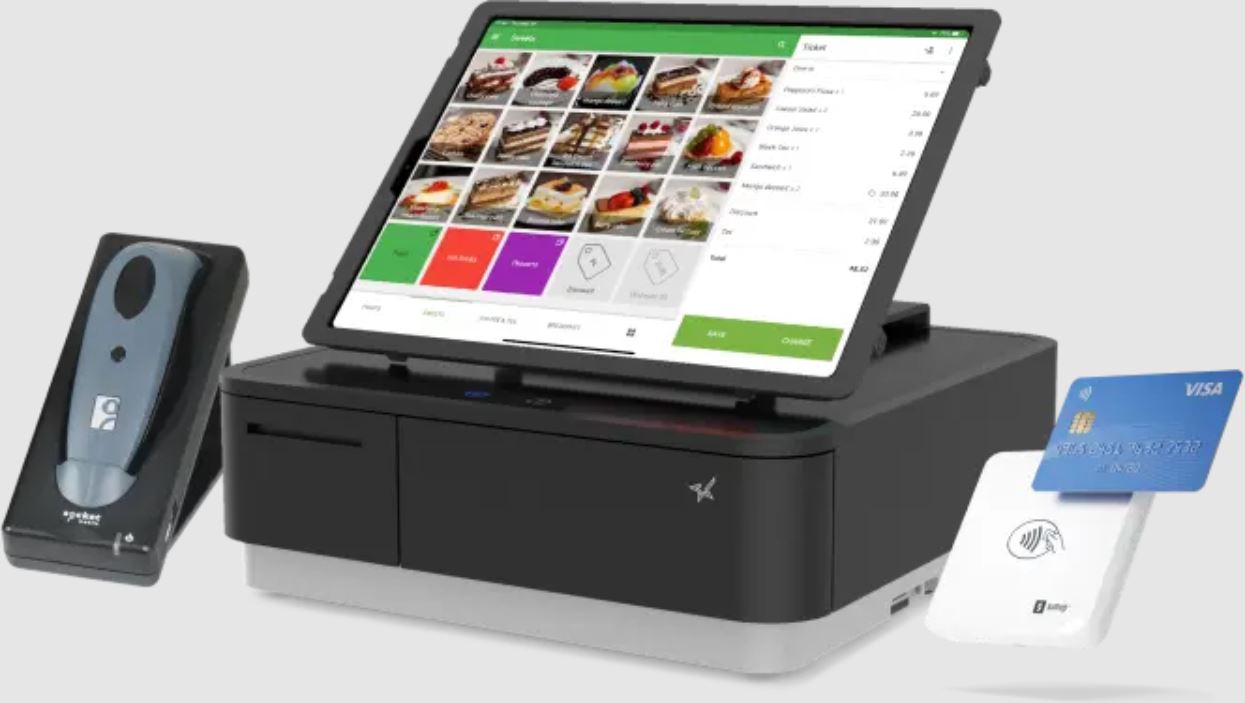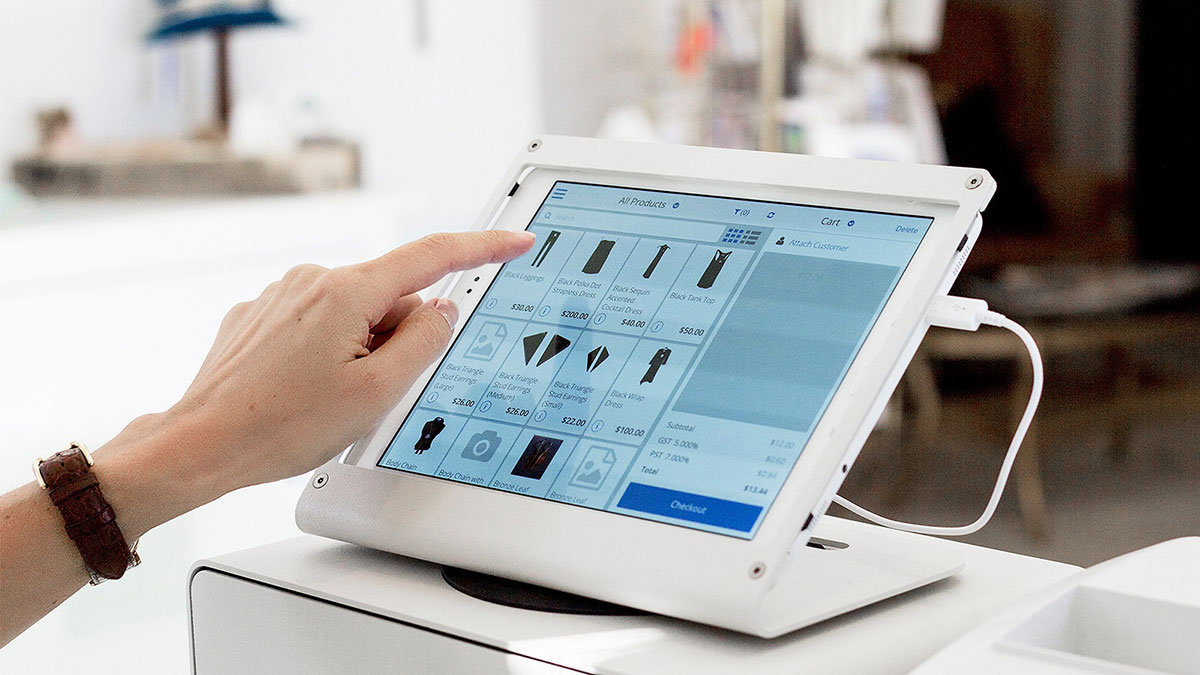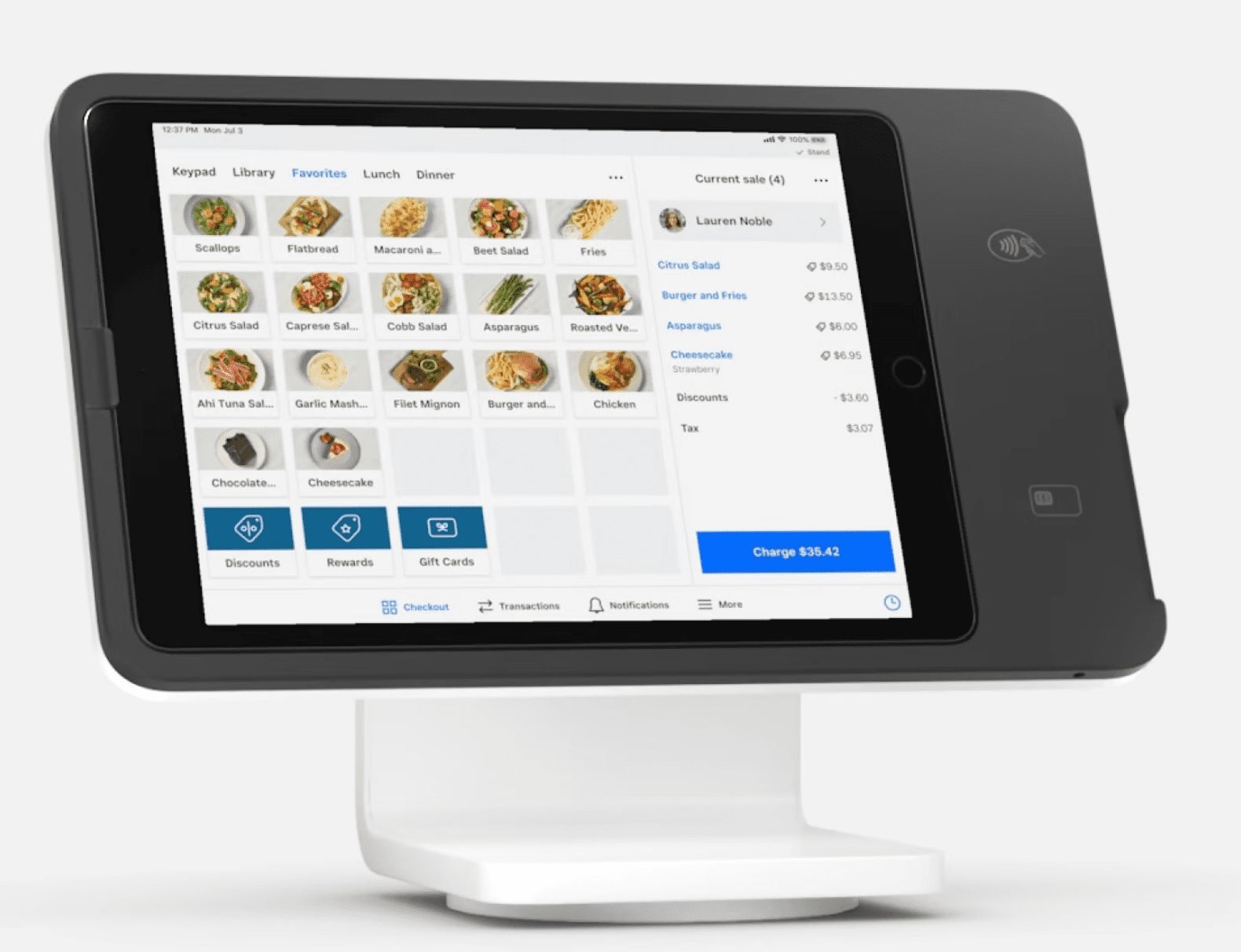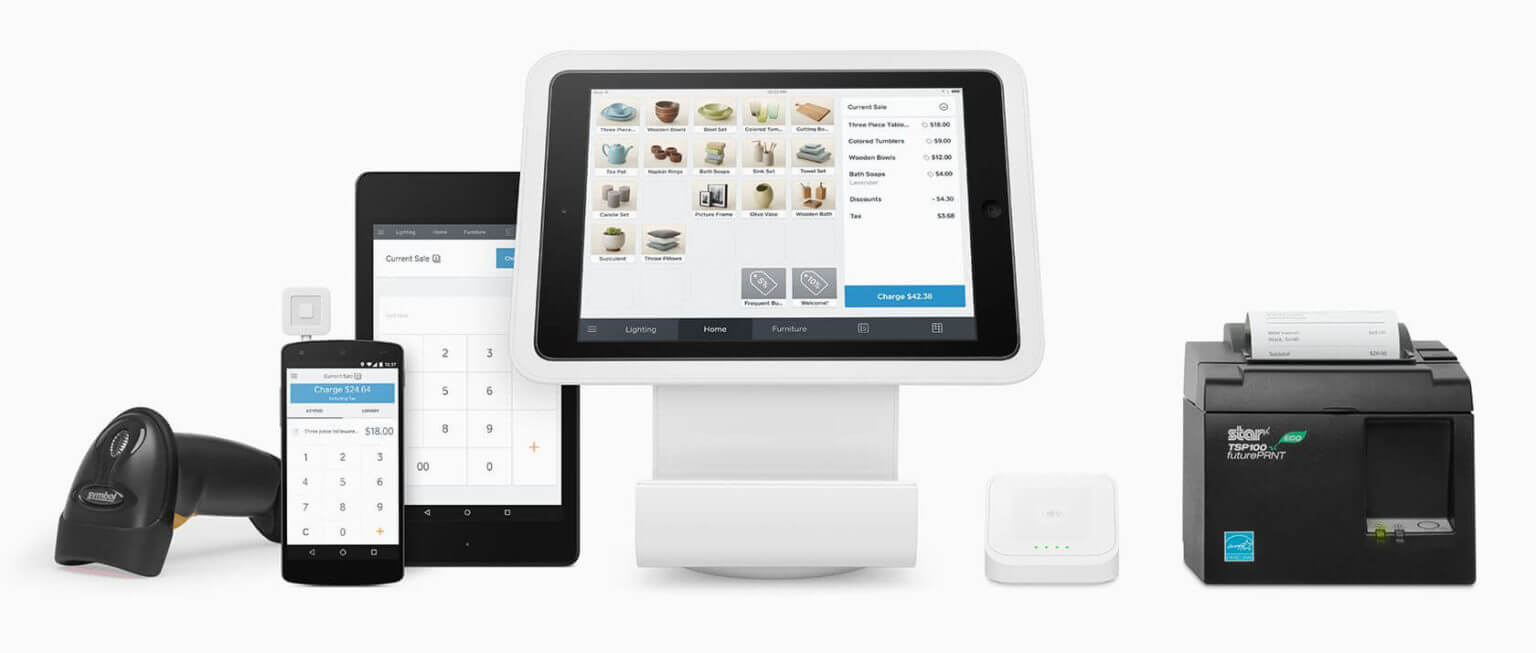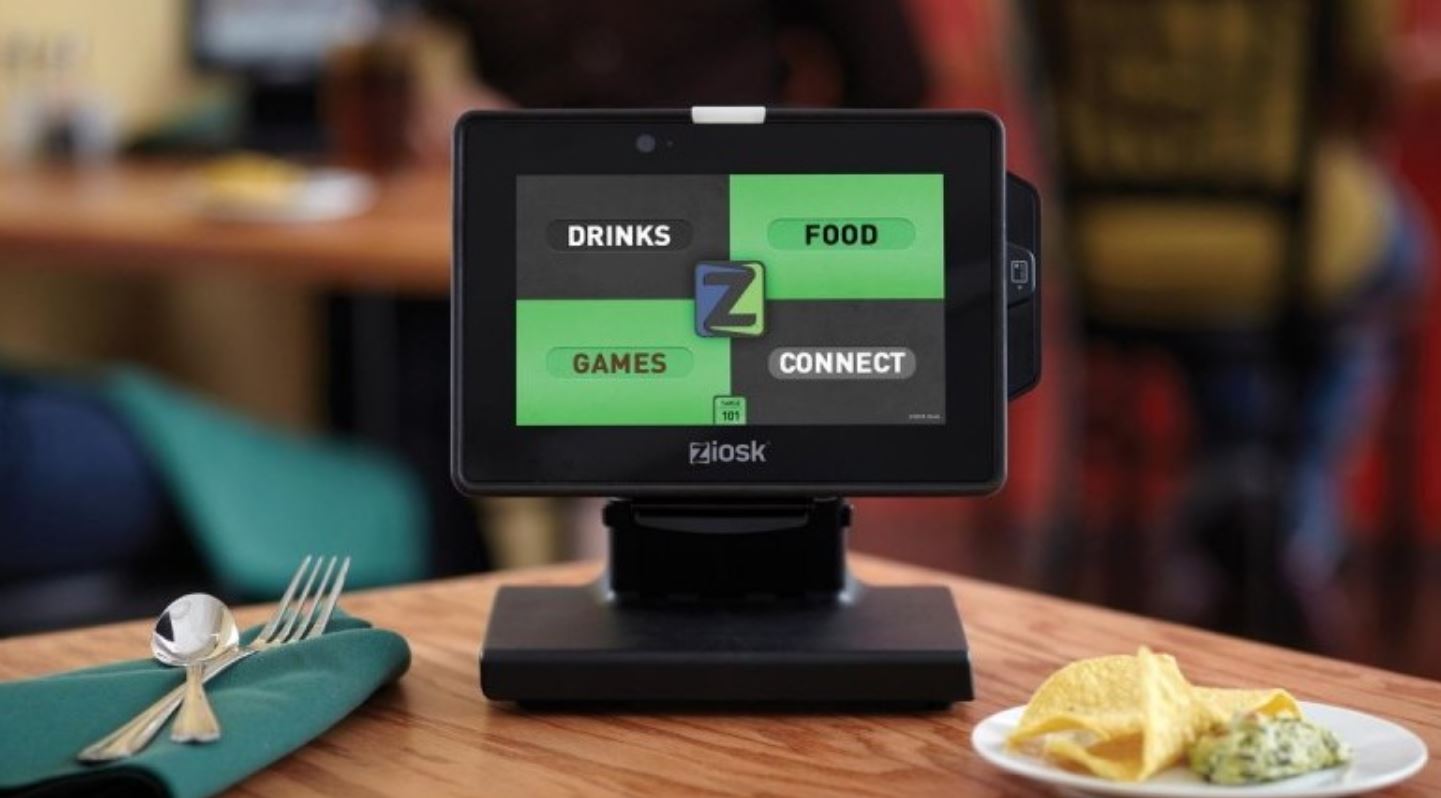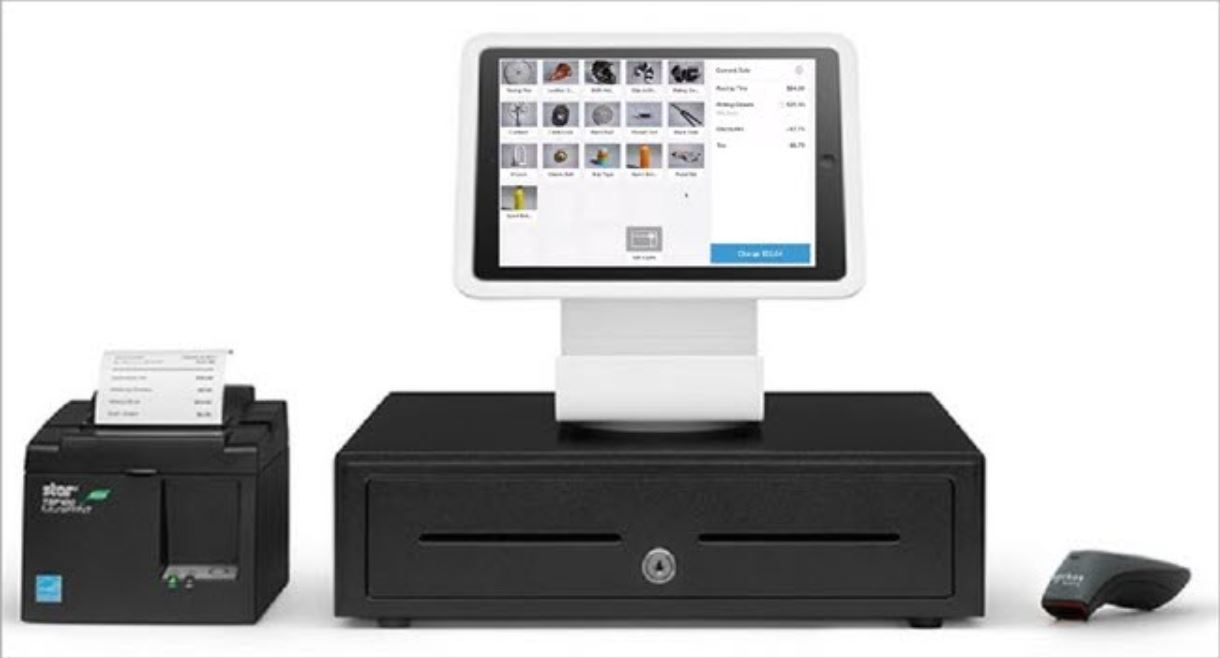Introduction
Welcome to our in-depth guide on the Aloha POS system and how much it costs. If you are a business owner in the food and beverage industry, you know how crucial it is to have an efficient and reliable point-of-sale (POS) system to streamline your operations. The Aloha POS system, developed by NCR Corporation, is a popular choice among restaurant owners and managers.
Aloha POS system is known for its robust features, user-friendly interface, and advanced technology. It offers a wide range of functionalities that can help you manage your restaurant efficiently, from order taking and inventory management to staff scheduling and customer relationship management (CRM).
In this guide, we will explore the key features of the Aloha POS system, discuss the various pricing options available, examine the factors that affect the cost, and provide you with an overview of the pros and cons of using this system. Additionally, we will compare the Aloha POS system with other POS systems in the market to help you make an informed decision.
Whether you own a small café, a bustling restaurant, or a multi-location franchise, choosing the right POS system is essential for your business success. As technology continues to evolve, POS systems have become much more than just a cash register. They have become the central hub for managing all aspects of your restaurant operations, from sales and reporting to staff management and customer engagement.
By the end of this guide, you will have a comprehensive understanding of the Aloha POS system, its pricing options, and whether it is the right choice for your food and beverage establishment. So, let’s dive in and explore the world of Aloha POS!
Key Features of Aloha POS System
The Aloha POS system is packed with features that can greatly enhance the efficiency and profitability of your restaurant. Let’s take a closer look at some of its key features:
- Order Management: The Aloha POS system allows for easy order management, including split checks, table transfers, and order customization. It enables your staff to quickly and accurately input orders, reducing errors and improving the overall dining experience for your customers.
- Inventory Management: With the Aloha POS system, you can effectively track and manage your inventory levels. It provides real-time updates, helps you identify popular menu items, and generates reports on ingredient usage, allowing you to make informed decisions about purchasing and menu planning.
- Table and Reservations Management: Managing your restaurant’s seating and reservations is a breeze with the Aloha POS system. It allows you to easily assign tables to servers, track table status, manage waitlists, and accept online reservations.
- Staff Management: The Aloha POS system offers robust staff management features, such as shift scheduling, time clock integration, and performance tracking. It helps you optimize staff schedules, monitor labor costs, and improve overall staff productivity.
- CRM and Loyalty: With the built-in CRM and loyalty program features, the Aloha POS system enables you to create personalized customer profiles, track customer preferences and spending patterns, and implement loyalty programs to reward and retain your valued customers.
- Reporting and Analytics: The Aloha POS system provides powerful reporting and analytics capabilities, allowing you to gain valuable insights into your restaurant’s performance. It offers detailed reports on sales, inventory, labor costs, and more, helping you make data-driven decisions and identify areas for improvement.
These are just a few of the many features that the Aloha POS system offers. Its user-friendly interface and intuitive design make it easy for your staff to learn and navigate the system, reducing training time and ensuring smooth operations.
By leveraging these powerful features, the Aloha POS system can help you streamline your restaurant’s operations, enhance customer service, and boost your bottom line. However, it’s important to consider the pricing and costs associated with implementing and maintaining this system, which we will explore in the next section.
Pricing Options for Aloha POS System
When it comes to the pricing of the Aloha POS system, it’s important to understand that the cost can vary depending on several factors, such as the size of your restaurant, the number of terminals you need, and the specific features and modules you require. Here are some common pricing options to consider:
- Hardware Costs: The Aloha POS system typically requires specific hardware components, such as terminals, printers, and cash registers. The cost of these hardware elements can vary based on the brand, model, and supplier you choose.
- Software Licensing: In addition to the hardware costs, you will also need to factor in the software licensing fees. These fees can vary depending on the number of terminals and users, as well as any additional modules or add-ons you require, such as online ordering or mobile payment integration.
- Installation and Setup: Depending on your needs, you may require professional installation and setup services to ensure that the Aloha POS system is properly configured and integrated with your restaurant’s operations. The cost of installation and setup can vary based on the complexity of your setup and the level of support required.
- Training and Support: It’s essential to budget for training your staff on how to use the Aloha POS system effectively. Training can be provided on-site or through online resources, and the cost will depend on the provider you choose. Additionally, ongoing technical support and software updates may be included in your pricing package or available as a separate subscription.
- Additional Costs: Keep in mind that there may be additional costs associated with using the Aloha POS system. These can include monthly or annual maintenance fees, transaction fees for credit card processing, and any fees related to integrating the system with other software or hardware solutions.
It’s important to contact NCR Corporation or an authorized reseller to get an accurate quote for the Aloha POS system based on your specific needs. They will be able to provide you with detailed pricing information and assist you in choosing the right package for your restaurant.
While the cost of implementing the Aloha POS system may require an initial investment, it’s important to consider the potential benefits and return on investment. With improved efficiency, streamlined operations, and enhanced customer service, the Aloha POS system can help boost your revenue and overall business success.
In the next section, we will explore the factors that can affect the cost of the Aloha POS system, providing you with a better understanding of what to expect when considering this POS solution for your restaurant.
Factors that Affect the Cost of Aloha POS System
When determining the cost of implementing the Aloha POS system for your restaurant, there are several key factors that can influence the overall expense. Understanding these factors can help you make an informed decision and budget accordingly. Let’s explore the main factors that affect the cost of the Aloha POS system:
- Restaurant Size: The size of your restaurant, including the number of seats, locations, and terminals needed, can significantly impact the cost of the Aloha POS system. Larger establishments may require more hardware components and user licenses, resulting in higher upfront costs.
- Software Features: The Aloha POS system offers a wide range of features and modules that can be customized to meet the specific needs of your restaurant. The more advanced and specialized features you require, such as online ordering or delivery management, the higher the cost may be.
- Integration Requirements: If you need to integrate the Aloha POS system with other software solutions, such as accounting or inventory management software, additional costs may be involved. Integration may require custom development or the use of third-party connectors, all of which can impact the overall cost.
- Training and Support: Proper training and ongoing technical support are crucial for ensuring a successful implementation of the Aloha POS system. The training requirements for your staff, as well as the level of support and assistance needed, can affect the overall cost. Additional charges may apply for on-site or personalized training sessions.
- Hardware Requirements: The cost of hardware components, including terminals, printers, and cash registers, can vary based on the brand, model, and supplier. It’s important to consider the hardware requirements of the Aloha POS system and budget accordingly.
- Additional Services: Depending on your needs, you may require additional services such as data migration from an existing system, menu setup, or custom reporting. These services may incur extra charges and should be factored into your overall budget.
It’s important to work closely with NCR Corporation or an authorized reseller to assess your restaurant’s specific requirements and receive an accurate cost estimate. They can help you determine the necessary hardware components, software features, and services needed for a successful implementation of the Aloha POS system.
Remember that while the cost of the Aloha POS system is an important consideration, it’s equally important to focus on the benefits and value it can bring to your restaurant. By streamlining operations, improving efficiency, and enhancing customer experiences, the Aloha POS system can deliver a strong return on investment and contribute to the long-term success of your business.
In the next section, we will explore the pros and cons of using the Aloha POS system, providing you with a balanced view of this popular POS solution.
Pros and Cons of Using Aloha POS System
The Aloha POS system offers a range of benefits that can significantly enhance the operations of a restaurant. However, it’s important to consider the potential drawbacks as well. In this section, we will discuss the pros and cons of using the Aloha POS system.
Pros:
- Robust Features: The Aloha POS system provides a wide variety of features, including order management, inventory tracking, table management, and reporting. These features enable restaurant owners to streamline their operations and improve efficiency.
- User-Friendly Interface: The system boasts an intuitive and easy-to-use interface, making it simple for both staff and management to navigate. This reduces training time and ensures a smooth implementation process.
- Customization Options: The Aloha POS system offers the ability to customize various settings to suit the specific needs of a restaurant. From menu layouts to order modifiers, customization options allow owners to tailor the system to their unique requirements.
- Scalability: Whether you operate a small café or a large restaurant chain, the Aloha POS system can accommodate businesses of any size. It grows with your business, allowing for seamless scalability as your needs evolve.
- Integration Capabilities: The Aloha POS system can integrate with other software solutions, such as accounting and inventory management systems, providing a centralized platform for managing different aspects of the restaurant’s operations.
Cons:
- Cost: The upfront investment and ongoing costs associated with the Aloha POS system can be a significant consideration for some businesses. Factors such as hardware, software licensing, and additional modules can contribute to the overall expense.
- Technical Support: While the system offers technical support, some users have reported challenges in accessing timely assistance or experiencing delays in issue resolution. Timely and effective support is essential for minimizing disruptions to operations.
- Reliance on Internet Stability: The Aloha POS system operates on cloud-based technology, which means a stable and reliable internet connection is necessary for its optimal functionality. Any disruptions in internet connectivity can impact the system’s performance.
- Learning Curve: Although the Aloha POS system is relatively user-friendly, there is still a learning curve involved when implementing it in a restaurant. Adequate training and time for staff adaptation may be required to ensure a smooth transition.
- Limited Accessibility: Since the Aloha POS system relies on an internet connection, accessibility can be limited in areas with unreliable or no internet access. This may be a consideration for establishments located in remote or rural areas.
When considering the Aloha POS system, it’s important to weigh the pros and cons in the context of your specific restaurant’s needs and budget. Conducting thorough research, seeking demo opportunities, and consulting with industry experts can help you make an informed decision.
In the next section, we will compare the Aloha POS system with other popular POS systems in the market, providing insights to support your evaluation process.
Comparing Aloha POS System with Other POS Systems
When searching for the right POS system for your restaurant, it’s important to compare different options to find the one that best suits your specific needs. In this section, we will compare the Aloha POS system with other popular POS systems in the market to provide you with valuable insights.
Aloha POS System:
The Aloha POS system, developed by NCR Corporation, offers a robust set of features tailored specifically for the food and beverage industry. It provides comprehensive functionalities for order management, inventory tracking, table and reservations management, staff scheduling, and customer relationship management.
Pros of Aloha POS System:
- Robust feature set designed for restaurants
- User-friendly interface
- Customization options to fit unique requirements
- Scalability to accommodate businesses of any size
- Integration capabilities with other software solutions
Cons of Aloha POS System:
- Cost considerations with upfront investment and ongoing expenses
- Challenges with technical support and issue resolution
- Dependent on stable internet connectivity for optimal performance
- Learning curve involved in implementation and staff training
- Limited accessibility in areas with unreliable internet access
Other POS Systems:
There are several other popular POS systems that are widely used in the restaurant industry. Some notable ones include:
- Square POS: Square is known for its user-friendly interface, affordability, and easy setup. It offers features such as inventory management, reporting, and integration with third-party software applications.
- Toast POS: Toast POS system focuses on providing an all-in-one solution for restaurants, offering features like online ordering, loyalty programs, and kitchen display system integration.
- Lightspeed Restaurant: Lightspeed is a cloud-based POS system that offers robust features, including tableside ordering, reporting and analytics, and integration with various third-party apps.
- ShopKeep POS: ShopKeep is a budget-friendly POS system with features such as inventory management, employee management, and customizable reporting tools.
- Upserve POS: Upserve POS system specializes in providing powerful reporting and analytics, online ordering, staff management, and integration with popular delivery platforms.
When comparing different POS systems, consider factors such as cost, features, ease of use, scalability, customer support, and any specific requirements that are unique to your restaurant. It’s essential to carefully evaluate each option and possibly request demos or trials to determine which system aligns best with your business goals.
In the next section, we will discuss how to get a quote for the Aloha POS system, providing you with the necessary information to make an informed decision.
How to Get a Quote for Aloha POS System
If you’re interested in implementing the Aloha POS system for your restaurant, obtaining a quote is an important step in the decision-making process. Here are the steps you can take to get a quote for the Aloha POS system:
1. Research Authorized Resellers:
Start by researching and identifying authorized resellers of the Aloha POS system. NCR Corporation, the developer of Aloha, has a network of authorized resellers who can provide you with pricing information and assist you with the implementation process.
2. Contact Resellers:
Once you have a list of authorized resellers, reach out to them to express your interest in the Aloha POS system and request a quote. You can contact them through their website, phone, or email. Provide them with the necessary details about your restaurant’s size, location, and specific requirements to receive an accurate quote.
3. Discuss Your Needs:
Engage in a detailed discussion with the resellers about your restaurant’s unique needs and goals. This will help them understand the specific features and modules you require and enable them to provide an accurate quote tailored to your business.
4. Evaluate the Proposal:
Once you receive the quote, carefully review and evaluate the proposal. Pay attention to the hardware and software components included, licensing fees, installation and setup costs, training and support options, and any ongoing maintenance or subscription costs. Compare multiple quotes if possible to ensure you’re getting the best value for your investment.
5. Ask Questions:
If you have any questions or uncertainties about the quote, don’t hesitate to ask the authorized resellers for clarification. Seek answers regarding pricing, additional services, warranties, and any other details that may impact your decision. Clear communication will help you make an informed choice.
6. Consider Total Cost of Ownership:
When evaluating the quote, consider the total cost of ownership over the long term. Take into account factors such as hardware upgrades, software updates, ongoing technical support, and potential future expansion needs. A system with a higher upfront cost may offer better value in the long run if it provides scalability and comprehensive support.
By following these steps and working closely with authorized resellers, you can obtain a comprehensive quote for the Aloha POS system that takes into account your restaurant’s specific requirements and budget.
Once you have received and evaluated the quotes, you will have the necessary information to make an informed decision and determine if the Aloha POS system is the right fit for your restaurant.
Conclusion
Choosing the right POS system is an important decision for any restaurant owner or manager. In this guide, we explored the Aloha POS system, its key features, pricing options, and factors that can affect its cost. We also discussed the pros and cons of using the Aloha POS system and compared it with other popular POS systems in the market. Additionally, we provided guidance on how to obtain a quote for the Aloha POS system.
The Aloha POS system offers a robust set of features specifically designed for the food and beverage industry. With its user-friendly interface, customization options, and scalability, the system can streamline operations and enhance efficiency in your restaurant. However, it’s important to consider the cost implications, technical support, reliance on stable internet connectivity, and potential learning curve associated with the system.
Comparing the Aloha POS system with other POS systems can help you evaluate which solution aligns best with your restaurant’s needs and budget. It’s crucial to thoroughly research and assess different options to make an informed decision that will contribute to the long-term success of your business.
To obtain a quote for the Aloha POS system, reach out to authorized resellers who can provide you with pricing information and assist you in determining the specific requirements for your restaurant. By carefully evaluating the quotes and considering the total cost of ownership, you can make a confident choice that fits your resources and goals.
Remember, implementing a POS system is an investment in the future of your restaurant. It can improve efficiency, enhance customer service, and ultimately contribute to your bottom line. Take the time to explore your options, ask questions, and seek guidance from industry professionals to ensure you choose the POS system that aligns best with your unique needs.
With the right POS system in place, you’ll be equipped to manage your restaurant with ease, provide a seamless experience for your staff and customers, and pave the way for success in the competitive food and beverage industry.







